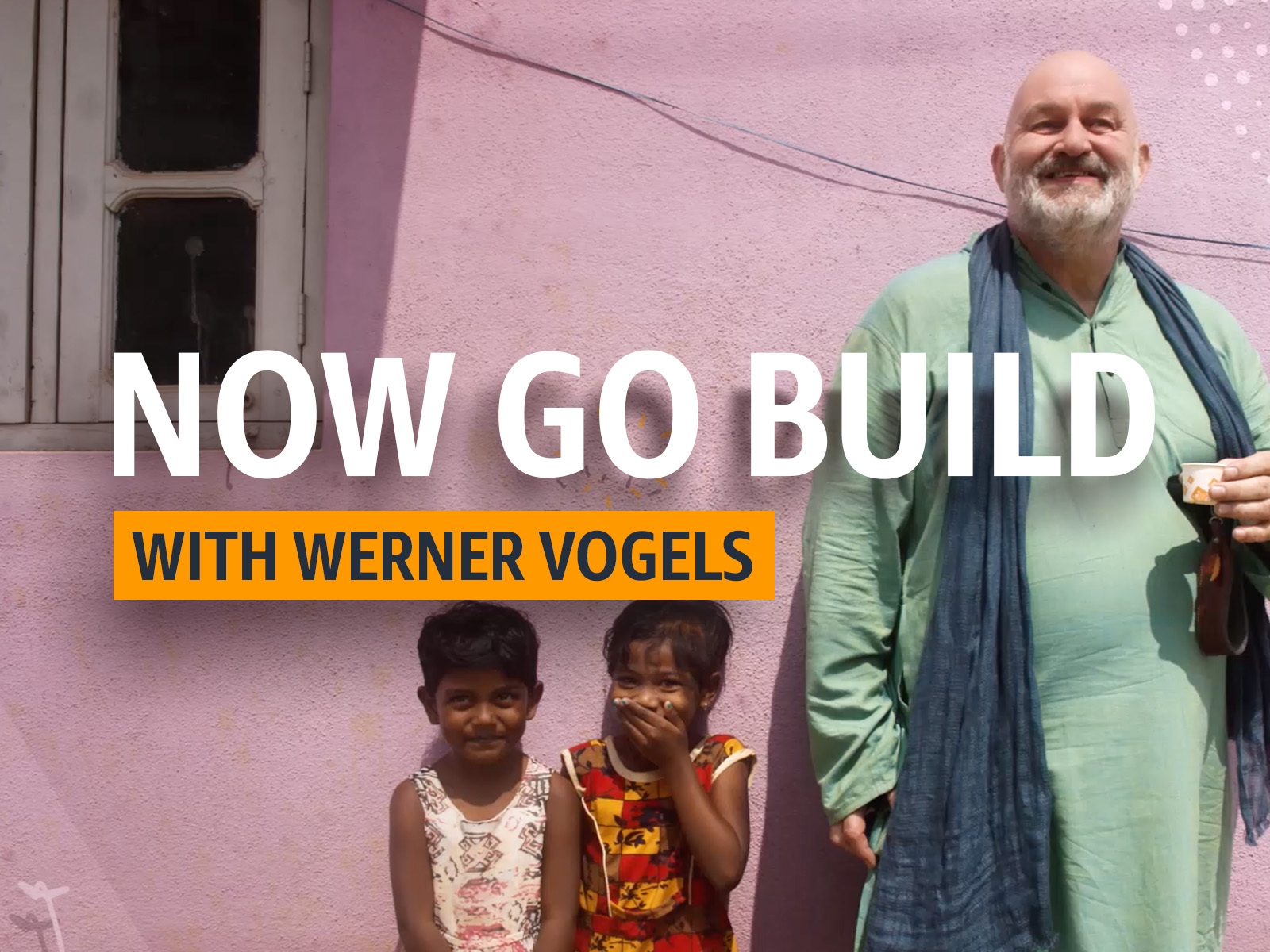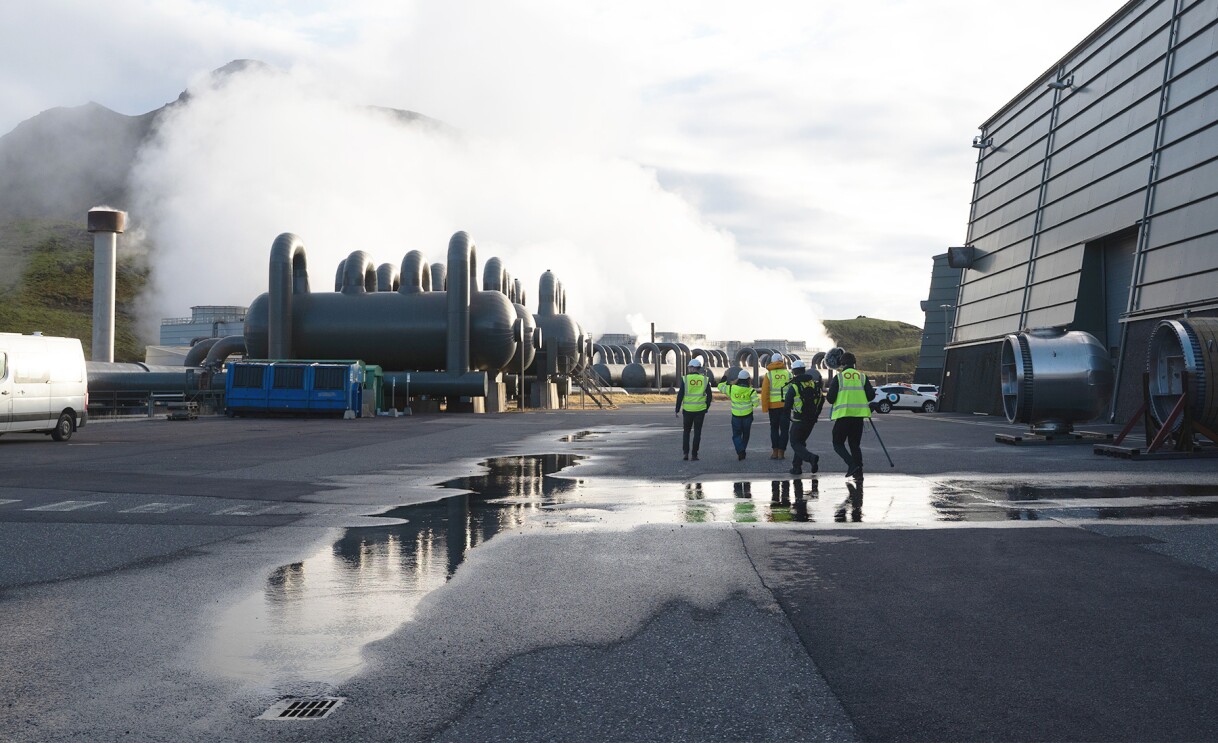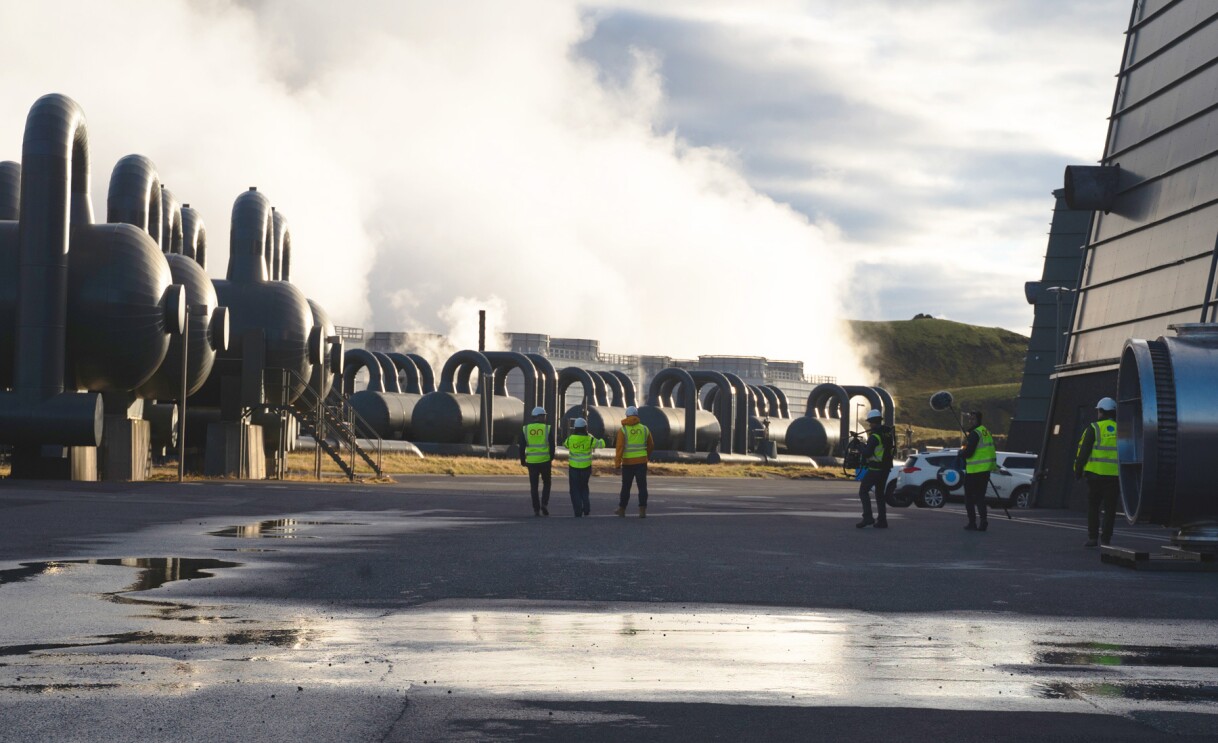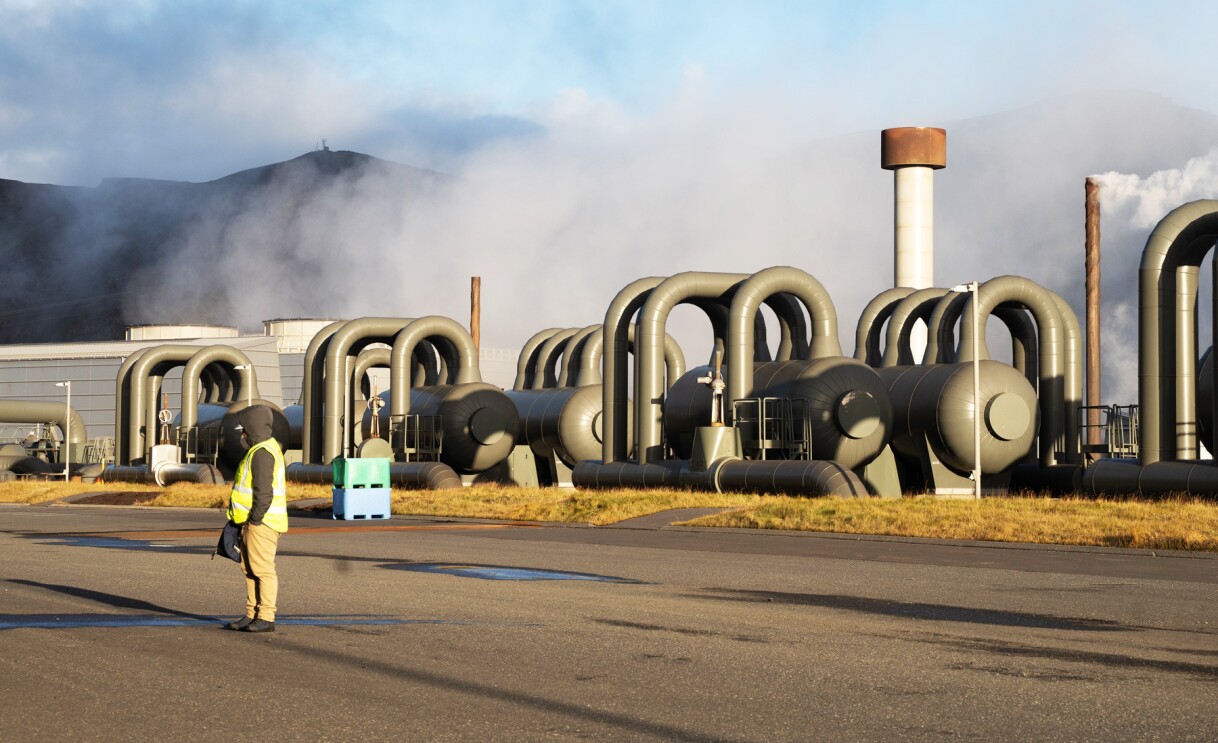Many Icelanders have an expression they live by: Þetta reddast! On the surface, it roughly means, "It'll work out." Yet as Armann Kojic, an Icelander and the CEO and co-founder of nanomaterials company Nanom, points out, as with most idioms, the deeper sense gets lost on first pass. This isn’t some version of cross your fingers and hope for the best. “The expression hints more at an extremely large and complicated problem we're all facing together,” Kojic said. “And that we'll find a solution to it, one way or another.”
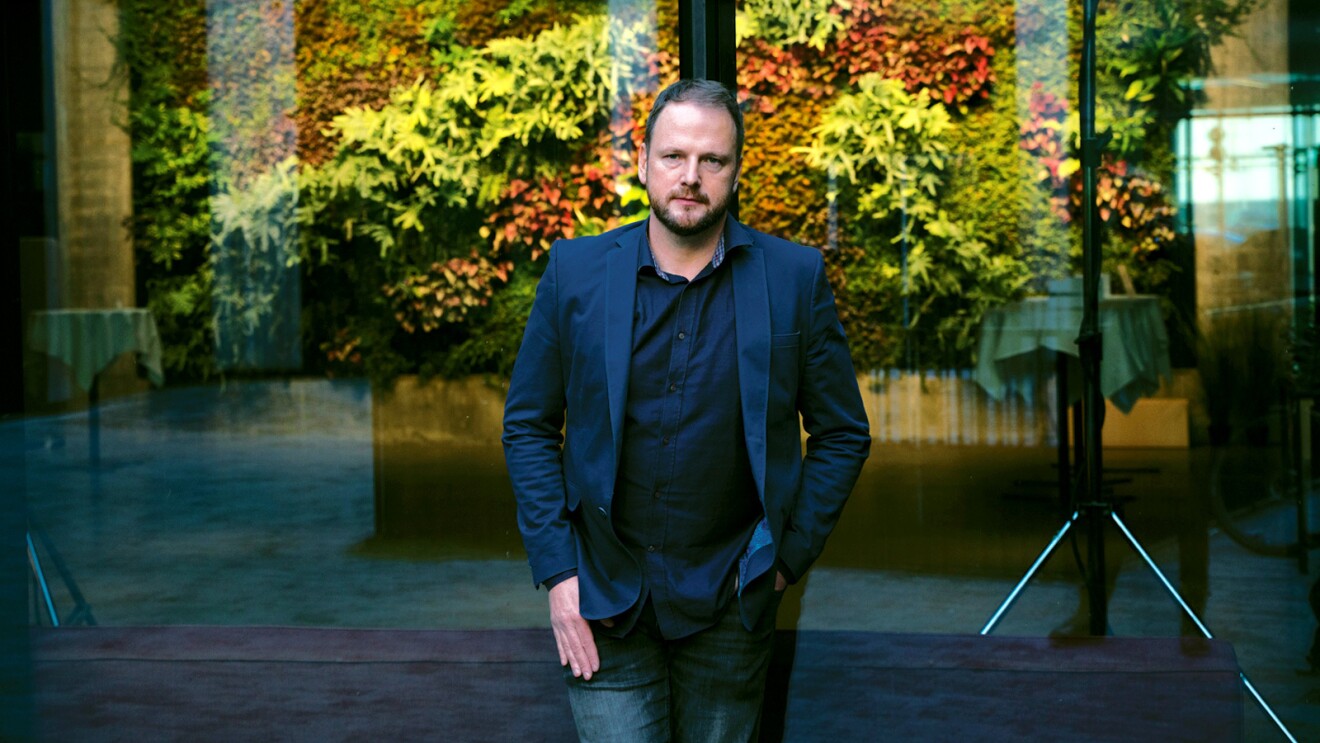 Armann Kojic, CEO and co-founder of Nanom.
Armann Kojic, CEO and co-founder of Nanom.The sentiment neatly sums up the ethos of a startup. A belief by the founding team that an idea can be turned into an actual business despite all the hurdles and problems that must be surmounted and solved. That holds true in whatever part of the world entrepreneurs are building their business, but especially true in nontraditional startup centers like Iceland. This tiny lone island in the north Atlantic is far from Silicon Valley, California, literally and figuratively. Entrepreneurs like Kojic must come up with a novel product, and if they are to have any shot at success, they must sell it outside their small home market. Chances are, if they need some expertise but they don’t have it, they can’t just put out a call and get a dozen responses. They have to figure it out themselves. That resourcefulness runs through Icelandic entrepreneurs and almost every Icelander.
With Kojic and health care startup founder Fertram Sigurjonsson as his Iceland guides, Dr. Vogels set out to get a close look at Iceland’s Þetta reddast. Here are four ways we can all invent and build with a sharper Icelandic mindset.
Evolve narrowly

Kojic said that perhaps the toughest aspect of starting a company on an island is the difficulty of accessing new customers. They are, for the most part, a long, long distance away, making each customer relationship that much more precious. Icelandic companies must deliver a high-value product and deliver it in a way that enmeshes them in their customers' operations.
Nanom develops nanoparticle materials for industrial manufacturers, with a current focus on using nanoparticles to reengineer and vastly improve the current state of the batteries that they hope will power electric cars and act as storage for solar-powered homes and businesses.
But rather than reimagining a battery factory entirely, Nanom shows their customers how to use better materials to optimize the process they already have in place. "The trick is to show value in the way things are currently set up, not rebuild the whole system," Kojic said. "Disrupt in stages—start within and then rebuild out around it."
Nanom uses compute-powered simulations to hunt for, develop, and test exquisitely tiny optimizations that can offer massive improvements for their customers. How can nanoparticles make batteries more flexible, powerful, and smaller? How can you integrate the battery into the structure of the device itself? Along that development cycle, Kojic and his team also focus on demonstrating how value to their customers grows as their nanomaterials are integrated in existing processes. "You're proving continuity," Kojic said. "You can benchmark your integrations, and soon, you will have a collaborative effort going."
Work with, not against, the natural world

When the Vikings arrived in Iceland about 1,200 years ago, they likely realized the only way to survive was to be smart with what the island gave them. Dotted with dozens of active volcanic systems, towering cliffs, and waterfalls, the island still gives its residents a clear message—the natural world is something to partner with, rather than to conquer.
Fertram Sigurjonsson founded Kerecis, a company specializing in tissue grafts for diabetics, burn victims, wounded soldiers, and others in need of skin grafts. Rather than use a lab and his background in chemistry to develop new artificial graft material, Kerecis uses a resource already in great supply in Iceland's water—fish. Using a proprietary technique, cod skin is removed of any fish cells and DNA, so only the scaffolding of the tissue is left behind. These complicated biological matrices are then implanted in injuries. It might be a diabetic's feet, a burn victim’s limbs, or other injuries that stubbornly resist healing and skin regrowth. The human cells grow around the treated fish skin, which ultimately gets absorbed by the body.
"You have to be resourceful," Sigurjonsson said of developing the technology at home. "You don't have access to all the deep pockets and capabilities that you have in the United States."
Now, Kerecis is using their traction in health care to build a digital patient portal for doctors to track injuries and progress. The idea is that the sales team from Kerecis can reach out to any doctor in the company’s current markets in Europe and the U.S. After some smart triage online, if a patient is a good candidate for Kerecis’s fish skin, the patient can get approvals from insurance and initiate the treatment in a matter of minutes, rather than days or weeks. “We’re using digital technologies to pull some of the inefficiencies from the process,” Sigurjonsson said. “So patients can get better faster.”
Build a diverse pedigree
Iceland’s population is about 300,000 people. If a job disappears, you aren't guaranteed to find that same role elsewhere. Sigurjonsson said most Icelanders have worked in numerous fields, as compared to the West, where most people work in the same field most of their career. Sigurjonsson himself worked first in information technology (IT), then in a chemistry lab, and then for a company specializing in amputation technology, before founding Kerecis.
"No one in Iceland works in one industry all their life," said Sigurjonsson.
01 / 04
That diverse work experience comes into play especially in the startup world. At a startup, you might have a job title, but when it comes to building a product, everyone pitches in. At Kerecis, you might see software engineers helping with sorting fish skins at the front end of the process or examining the final product before it is shipped off to hospitals. Sigurjonsson can jump in at any point in production, sales, or research and development. “That diversity of experience not only gives you detailed knowledge and more appreciation of what everyone does here, but it offers the opportunity for all of us to bring to bear different expertise and think about new ways to do things.”
Access government decision makers
Kojic tells the story of speaking at an event in Iceland that was attended by the country's president. Afterward, Kojic spoke with the president. Later, when Kojic had further questions, he messaged the president directly and got a response, perhaps defining the luxury of a small nation.
Nanom also works on the U.S. West Coast. Kojic points out that anywhere a government or regulating body can shorten the distance between entrepreneur and official, the better agility the company has when making big decisions.
"The DNA of a startup is to move quickly and adjust to the marketplace. In Iceland, the lines of communication are so short—you can navigate quickly. Things happen with ease, so you can adjust to the market," said Kojic.
Both Kojic and Sigurjonsson have applied that approach—shortening lines of communication with government—to building out networks and finding customers in different geographies. For Kerecis that has led to a relationship with the U.S. Department of Defense to heal soldiers. For Nanom, it’s both automakers and battery producers across the world. “Iceland is amazing in the way we can invent and test ideas,” said Sigurjonsson. “But every entrepreneur knows, almost from launching a company, that we need to find our market elsewhere.”


